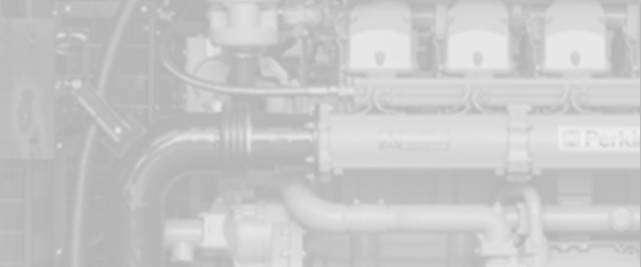Oct . 13, 2024 14:27 Back to list
Advantages and Applications of Cast Iron Brake Drums in Automotive Industry
The Significance of Cast Iron Brake Drums in Automotive Engineering
Cast iron brake drums have been a fundamental component in automotive engineering for decades, playing a critical role in the safe and effective operation of vehicles. Understanding the importance of these brake drums involves exploring their design, functionality, and the advancements that have emerged over the years.
Understanding Brake Drums
Brake drums are cylindrical devices that house the brake shoes and provide a surface against which the shoes can press to create friction and ultimately slow down or stop the vehicle. Made primarily from cast iron, these components have been favored for their excellent mechanical properties. Cast iron's strength, wear resistance, and ability to dissipate heat efficiently make it an ideal material choice for high-performance brake systems.
Advantages of Cast Iron
One of the premier advantages of cast iron brake drums is their ability to handle heat. When a vehicle brakes, kinetic energy is converted into thermal energy. The more aggressive the stopping, the more heat generated. Cast iron can withstand high temperatures without deforming, which is crucial for maintaining braking performance. This thermal stability is particularly beneficial in heavy-duty applications, such as trucks and buses, where frequent and intense braking is common.
Moreover, cast iron boasts a high friction coefficient when paired with brake shoes made from appropriate friction materials. This quality ensures that braking efficiency is maintained across a range of operating conditions. The reliability and effectiveness of cast iron brake drums contribute significantly to overall vehicle safety.
Durability and Maintenance
cast iron brake drum

Cast iron's durability is another reason for its continued use in brake drum applications. These components can last for many years under normal operating conditions, often outliving other brake components. However, regular inspections and maintenance are essential to ensure their continued performance. Common signs of wear include scoring, cracks, or excessive heat discoloration. Addressing these issues promptly can prevent more serious problems, such as brake failure.
One notable advancement in the maintenance of cast iron brake drums has been the introduction of resurfacing techniques. When the friction surface wears down, instead of replacing the drum entirely, it can often be machined to restore the smooth surface necessary for efficient braking. This not only saves money but also reduces waste, making it a more environmentally friendly option.
Recent Innovations in Brake Drum Technology
While cast iron brake drums have proven effective, ongoing research and development have introduced new materials and designs aimed at improving performance. For instance, some manufacturers have explored composite materials that offer a lighter weight while still delivering the necessary strength and heat resistance. Such innovations cater to the automotive industry's growing emphasis on fuel efficiency and emissions reduction.
Furthermore, advancements in brake drum design, including ventilation fins and cooling grooves, aid in improving heat dissipation and overall braking performance. These elements are particularly beneficial in performance-oriented vehicles where braking efficiency is paramount.
Conclusion
In summary, cast iron brake drums remain an indispensable component in the automotive industry, providing durability, safety, and thermal stability crucial for effective braking systems. As technology evolves, the foundational role of these components continues to adapt to new materials and innovations. While alternative materials and designs may emerge, the inherent advantages of cast iron—strength, heat management, and reliability—ensure that it will remain a key player in automotive braking systems for years to come. Maintaining awareness of these components’ importance not only enhances vehicle safety but also promotes responsible maintenance practices among vehicle owners and operators.
-
Scania Brake Drums: OEM Quality for Optimal Safety & Durability
NewsAug.16,2025
-
R.V.I: Advanced Remote Visual Inspection for Precision
NewsAug.15,2025
-
Discover HYUNDA: Innovative Vehicles, Equipment & Solutions
NewsAug.14,2025
-
R.V.I: Unlock Advanced Insights & Real-time Performance
NewsAug.13,2025
-
Kamaz Brake Drum: Durable & Reliable for Heavy Duty Trucks
NewsAug.12,2025
-
Heavy Duty Iveco Brake Drum - Premium Quality & Safety
NewsAug.11,2025
